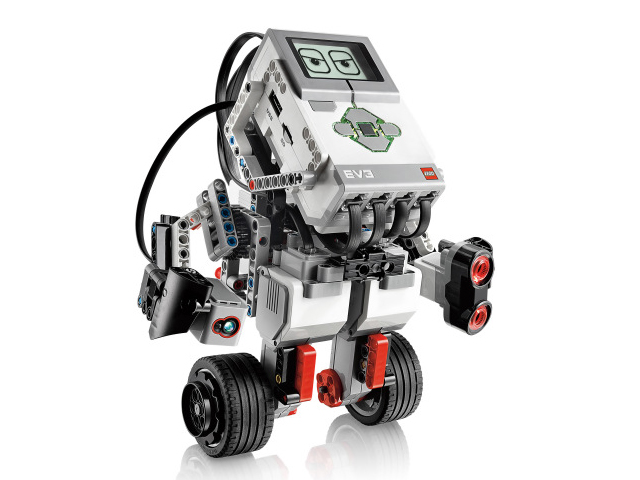Tutorial to Feedback Control [ARM used in Practice]

Table of contents
Control Theory Used in Practice
What comes to mind when you hear the word "Control"? Although the image may vary from person to person, many people probably imagine programming robots and other devices to operate as envisioned. The kind of control I will be discussing in this site is not so-called sequence control, in which commands are executed sequentially by programming, etc., to achieve the expected behavior, but rather is called Feedback control.
Feedback control is a control method in which the amount of movement (output) detected by a sensor or other means is returned to the input side and automatically optimally adjusted to bring it closer to the target value (input) given to the target (controlled object) to be executed. Feedback control is not something that can be achieved sensuously, but is designed based on control theory, which belongs to the field of Control engineering.
Control theory belongs to the field of control engineering, but it is very abstract compared to other engineering fields. Detailed explanations of control theory as an academic discipline can often be found, but how many people have practical experience in applying it to actual objects beyond the experimental level?
When applied to actual objects, the interface with theory is incomprehensible part, and many factors that are faced in reality, such as uncertainty in the physical model, affects of disturbances and noise, physical limits on inputs and outputs (current limits, sensor resolution, etc.), and the affects of discretization due to programming, must all be resolved before it can be practical. In this sense, there are probably not many people who can really use this technology. Therefore, if you understand the basics and gain experience by actually applying them to objects, you will surely be one step ahead of others.
This site uses physical motion control as an example to explain control theory, which is difficult to understand on your own, so that you can understand it as sensitively as possible. By the time you start from the "Preparation" section and understand the "Adbanced" section, I believe you will have a chance to apply it in practice. In Motion control application, I have verified this by applying it to actual objects, so you can feel that the control theory is really effective and practical.
Preparation
Analysis
Application
Advanced
Extra edition
Multilateral Interpretation
Motion Control Applications
Understanding control theory alone does not go beyond the realm of mathematics. It is only when it is applied to actual objects that it has value. In addition, the essence of the theory can be understood only by actually applying it. Although control engineering is a field of study, many university lectures and other courses are within the scope of mathematics, making it more difficult to understand.
In this chapter, I will confirm the validity of the theory by making it work in practice in various applications using a LEGO®MINDSTORMS EV3 motor as an application of control theory. Each application is filled with know-how gained through practice. Some are at the level of academic papers, but I am trying to make them practical with a much lower threshold. You will find that the application of control theory is quite simple and practical.
















